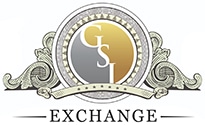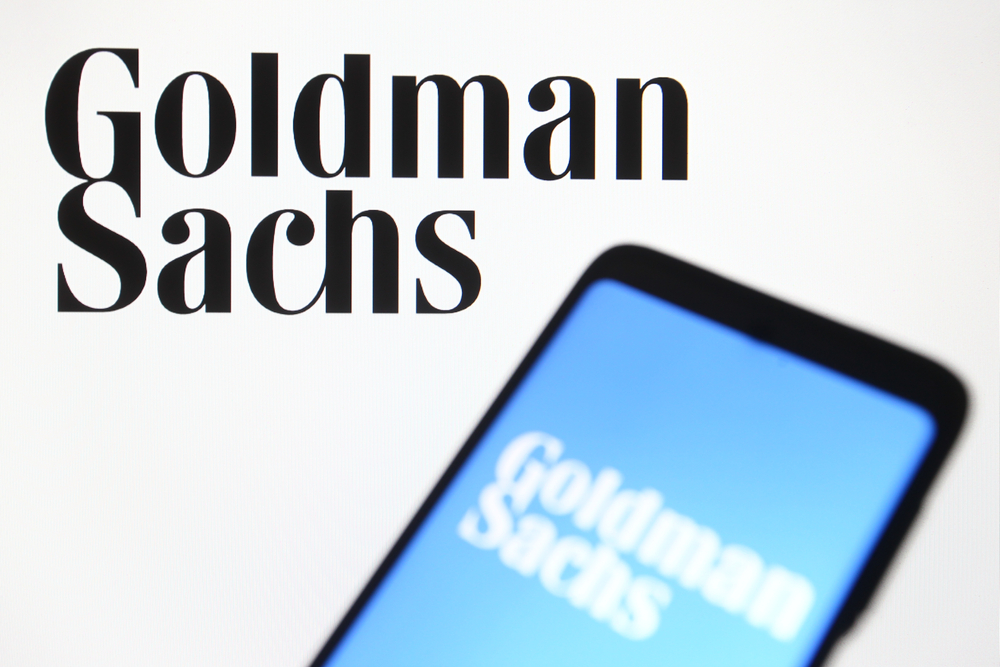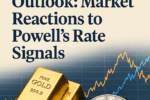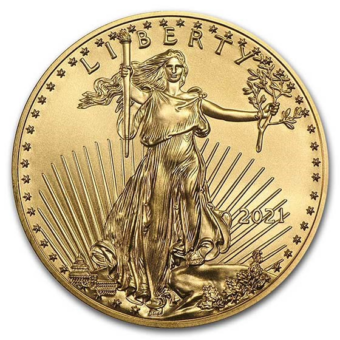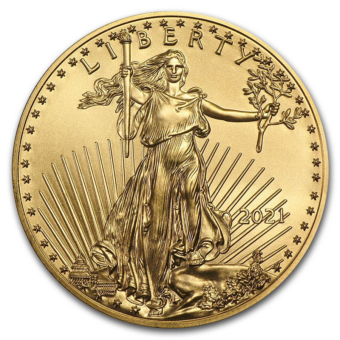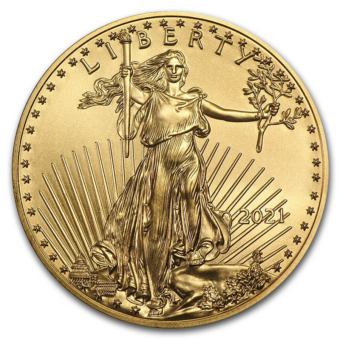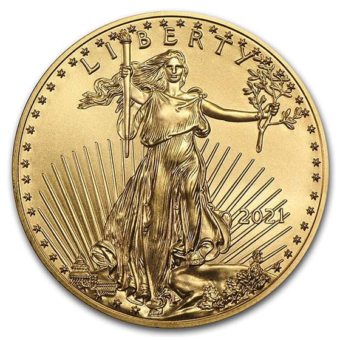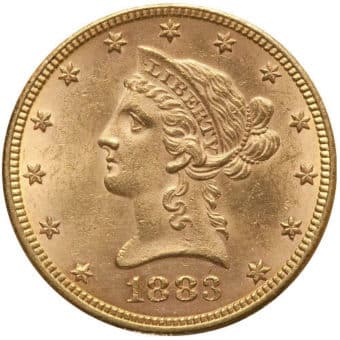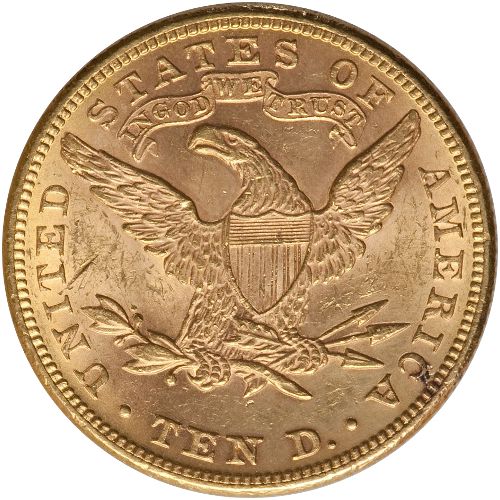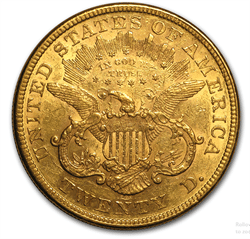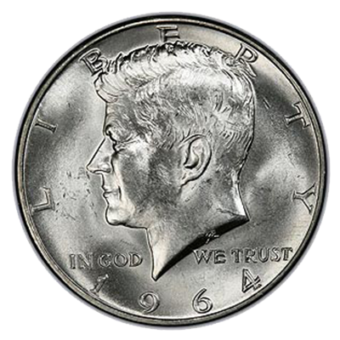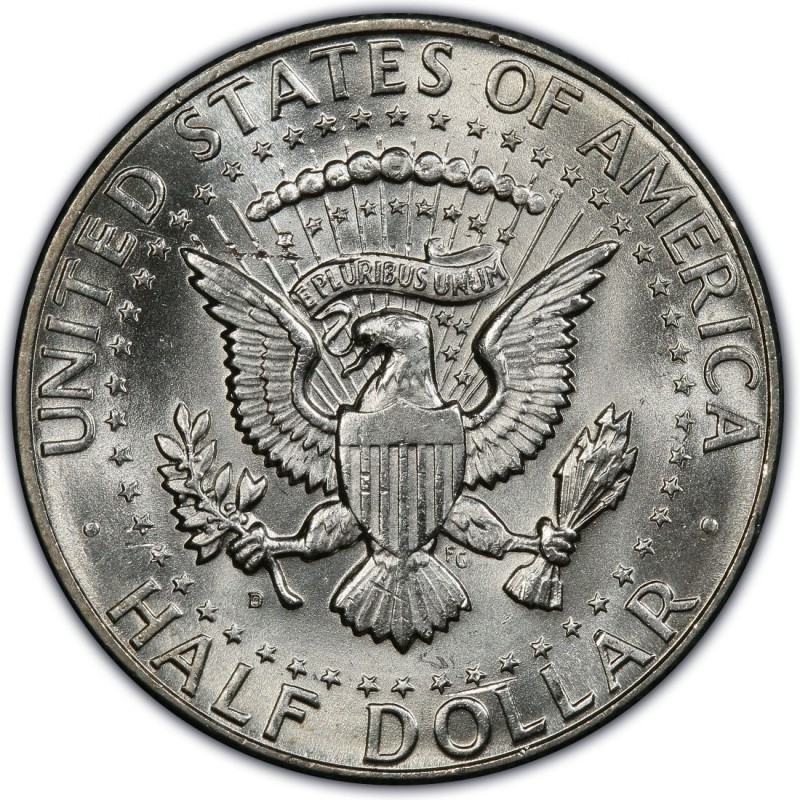Monday - 7.14.25: Gold and silver prices are lower in midday U.S. trading Monday, with August gold last down $10.90 at $3,353.90 and September silver down $0.32 at $38.635. The pullback is largely due to normal profit-taking by short-term futures traders after silver hit a nearly 14-year high overnight. While selling pressure is present, mild risk aversion in the broader market is limiting further downside for the safe-haven metals. Risk appetite remains subdued to start the week, following the Trump administration’s renewed hawkish stance on trade, including fresh tariff threats—30% on the EU and up to 35% on Mexico and Canada.
Tuesday - 7.15.25: Gold and silver prices are modestly higher in early U.S. trading Tuesday amid a quiet, mid-summer market tone. August gold was last up $9.40 at $3,346.10, while September silver gained $0.165 to $38.275. Global stock markets were mixed overnight, and U.S. indexes are pointing to a mixed open in New York. Key outside markets show the U.S. dollar index slightly lower, crude oil trading around $66 per barrel, and the 10-year Treasury yield at 4.477%. Traders are looking ahead to a packed Wednesday calendar that includes the MBA mortgage applications, PPI, industrial production, capacity utilization, the Fed’s Beige Book, and the DOE energy stocks report.
Wednesday - 7.16.25: Gold prices are higher but off their session peak in active midday U.S. trading Wednesday, after rumors that President Trump would fire Fed Chair Jerome Powell sent prices surging. Gold spiked nearly $50 on the day before retreating when Trump clarified he had no immediate plans to remove Powell, despite criticizing him for not cutting rates. August gold was last up $22.40 at $3,359.10, while September silver was up $0.06 at $38.16. Meanwhile, gold and silver markets showed little reaction to a slightly weaker-than-expected U.S. producer price report released earlier in the day.
Thursday - 7.17.25: Gold prices are modestly lower and silver slightly higher in midday U.S. trading Thursday, with August gold last down $15.20 at $3,343.90 and September silver last down $0.131 at $38.245. Strength in the U.S. dollar and stock indexes is limiting buying interest in the metals, while improved investor risk appetite is reducing safe-haven demand. Profit-taking by short-term futures traders amid typically quiet summer trading is also adding to the pressure.
Friday - 7.18.25: Gold and silver prices are higher in early U.S. trading Friday, supported by a weaker U.S. dollar, firmer crude oil, and slightly lower Treasury yields. August gold rose $16.80 to $3,362.20, while September silver gained $0.442 to $38.745. Global stocks traded mostly higher, with U.S. indexes set to open at record levels as strong corporate earnings continue to fuel investor risk appetite.
Morgan Stanley, Goldman Sachs, and UBS Say 'Buy Gold' After Trump’s Tariffs
Big banks raise gold targets as tariffs, inflation, and geopolitical risks fuel demand.
The Big Picture
Top global banks—Morgan Stanley, Goldman Sachs, and UBS—are urging investors to buy gold after the Trump administration's latest wave of tariffs on major trading partners. Analysts cite a weakening U.S. dollar, rising inflation risks, and renewed geopolitical tensions as key drivers behind higher gold prices. The institutions also highlighted central bank buying, ETF inflows, and off-balance sheet demand as strong tailwinds for bullion, with multiple banks raising their gold price forecasts into 2026 and beyond. Despite some uncertainty over final tariff levels and China’s next moves, gold is emerging as a preferred hedge in an increasingly volatile policy environment.
What’s Happening
Morgan Stanley sees the Trump tariffs as both a near-term headwind for growth and a long-term bullish catalyst for metals. They expect higher inflation in industrial input costs and see strong demand supporting gold, silver, and copper. Their Q4 gold target is $3,800 per ounce, with a 2025 average of $3,500 and a projected drop to $2,500 by 2028. Goldman Sachs also expects gold to reach $3,700 by year-end and $4,000 by mid-2026, driven by central bank buying and ETF flows. UBS, while viewing the tariffs as a negotiating tactic, still recommends buying gold as a hedge, expecting U.S. tariffs to eventually settle near 15% and minimal retaliation from key partners like Mexico.
By the Numbers
- Morgan Stanley Q4 2025 gold target: $3,800
- Morgan Stanley 2026 average forecast: $3,313
- Goldman Sachs year-end target: $3,700
- Goldman Sachs mid-2026 forecast: $4,000
- UBS tariff rate forecast: ~15% (vs. 30–35% currently announced)
- Gold demand (London OTC, May): 31 tons (vs. 17-ton pre-2022 average)
- Global central bank gold buying YTD (Goldman Sachs): 77 tons
Why It Matters
Major institutions are signaling strong conviction in gold as a hedge against inflation, currency depreciation, and trade policy uncertainty. With central banks and ETFs boosting gold demand and speculative positioning cleared out, structural buying is now taking over. Even if announced tariffs are softened or delayed, the broader macro backdrop—dollar weakness, input inflation, and geopolitical risks—continues to support gold’s rise. Analysts also see limited downside risks from retaliatory tariffs, suggesting that gold’s upside potential far outweighs short-term noise.
The Bottom Line
With tariffs rising, inflation concerns mounting, and global trade friction resurfacing, major banks see gold as a smart play. Whether or not tariffs are scaled back, institutions like Morgan Stanley, Goldman Sachs, and UBS are united in their bullish stance, projecting record-setting prices through 2026. Investors are increasingly turning to gold as a shield against uncertainty—and the big banks are doubling down.
Silver’s Bull Market Officially Kicks Off After Breakout Above Key Resistance
Strong technical breakout and bullish confirmations fuel silver’s rally with eyes on $50—and beyond.
The Big Picture
Silver has finally broken out of its long-standing consolidation phase, marking the official start of a new bull market. After being held back for years by the $32–$35 resistance cluster, silver surged past these levels last Friday with a 4.42% gain on strong volume, approaching $39 per ounce. Key confirmations—including technical breakouts in dollar- and euro-denominated silver, rising copper and gold prices, and the Synthetic Silver Price Index (SSPI)—suggest silver’s rally has strong momentum and staying power. With bullish tailwinds from a weaker dollar, a persistent supply deficit, and rising industrial demand, silver now appears primed to target $50—and possibly far higher.
What’s Happening
Silver futures decisively broke above the $32–$35 resistance zone last Friday, ending a prolonged period of failed breakout attempts. The breakout was supported by strong volume and momentum, with prices nearing $39 per ounce. Euro-denominated silver also cleared long-standing resistance at €31–€32, providing additional confirmation. Jesse Colombo's proprietary SSPI, which averages gold and copper prices, surged alongside a copper breakout above the $5.20 resistance zone—reinforcing the bullish outlook for silver. Meanwhile, gold is consolidating between $3,200–$3,500, and a breakout above $3,500 could further fuel silver’s rally.
By the Numbers
- COMEX silver futures (latest): ~$38.40
- Friday’s silver performance: +4.42%
- Euro silver breakout zones: €29–€30 and €31–€32 (now cleared)
- Gold-to-silver ratio: 87.3 (historical average = 53)
- 2024 silver supply deficit: 182M ounces
- Forecast 2025 deficit: 117.6M ounces
Why It Matters
This breakout isn’t just technical—it’s fundamental. Silver demand is exploding, particularly from solar panel manufacturing, while supply remains constrained and above-ground stockpiles shrink. Massive short positions by bullion banks have suppressed prices, but with momentum turning and a potential short squeeze looming, silver could see explosive upside. Historical patterns, valuation metrics, and inflation-adjusted comparisons all point to silver being deeply undervalued. If gold’s past behavior is any guide, silver could easily outperform as it catches up—and possibly overshoots—its fair value.
The Bottom Line
Silver’s long-awaited bull market has officially begun. Multiple bullish confirmations—technical, fundamental, and macroeconomic—are now aligned. With resistance zones cleared, momentum building, and the potential for a short squeeze, silver is poised for a powerful rally. While follow-through is key, the current setup suggests $50 may be just the beginning. Investors will be watching for continued strength in silver, gold, and copper, along with signs of physical silver scarcity and shifts in central bank policy.
Trump’s Tariffs Start to Bite as Inflation Hits Four-Month High
June CPI shows rising prices in tariff-exposed goods, but broader inflation impact remains limited—for now.
The Big Picture
U.S. inflation accelerated in June to its highest level in four months, fueled in part by rising gas prices and mounting costs tied to the Trump administration’s sweeping tariffs on imports. While the headline Consumer Price Index rose 0.3% month-over-month and 2.7% year-over-year, core CPI (excluding food and energy) ticked up more modestly. Tariff-related price pressures are becoming more visible in categories like toys, appliances, apparel, and tools, though economists say the effects are still in early stages. With major retailers running through pre-tariff inventory and tariffs on Canada and Mexico looming, further inflationary pressures may build as the year progresses.
What’s Happening
The June CPI report came in as expected, but it revealed a noticeable uptick in prices for goods highly exposed to tariffs. Commodities excluding food and gas rose 0.2%; apparel was up 0.4%; appliances surged 1.9%, and toys jumped 1.4% for the second straight month. Video equipment (+4.5%) and linens (+4.2%) saw record monthly gains. Analysts say these price increases reflect both the effect of tariffs and the unwinding of large inventories stockpiled ahead of tariff hikes. Trump’s trade policy has added uncertainty for businesses and consumers alike, with economists expecting the true inflation impact to unfold in phases over the coming months.
By the Numbers
- Headline CPI (June): +0.3% MoM, +2.7% YoY
- Core CPI: +0.2% MoM, +2.9% YoY
- Appliances: +1.9% (largest jump since Aug. 2020)
- Toys: +1.4% for second month in a row
- Video equipment: +4.5% (record increase)
- Apparel: +0.4%
- Sporting goods: +1.4%
- Tools, hardware, supplies: +0.7% (fifth straight monthly rise)
- Computers/smart tech: +1.4%
- Linen/home textiles: +4.2% (record increase)
- Dow Jones: –250 points on CPI release
- Nasdaq: +0.65%
Why It Matters
While headline inflation remains modest, the CPI data show that Trump’s tariffs are starting to ripple through consumer prices—especially in goods sectors heavily reliant on imports. Economists caution we’re only in the early innings of this trend. As pre-tariff inventories run dry and companies restock at higher costs, more categories are expected to reflect price hikes. Meanwhile, disinflation in services and energy is helping mask the full impact for now. With middle-class consumers squeezed and housing and job markets slowing, some economists argue for Fed easing later this year—even as rate cuts remain uncertain.
The Bottom Line
June’s inflation report suggests that the full impact of Trump’s tariffs is just beginning to hit consumers. While core CPI remains under control, price hikes in tariff-heavy categories are accelerating and could spread more broadly in the months ahead. Economists are warning that the inflation story is still unfolding—and how it evolves could shape Fed policy, consumer sentiment, and the political outlook heading into 2026.
Next Week’s Key Events
Economic Calendar: July 21 – July 25, 2025
Monday, July 21
- 10:00 AM ET – U.S. Leading Economic Indicators (June)
A composite index of 10 economic indicators designed to signal peaks and troughs in the business cycle. A decline may suggest slowing growth ahead.
Tuesday, July 22
- 8:30 AM ET – Fed Chair Powell Opening Remarks at Banking Conference
Markets will closely monitor Powell’s comments for clues on monetary policy direction, regulatory priorities, and the Fed’s economic outlook.
Wednesday, July 23
- 10:00 AM ET – Existing Home Sales (June)
Measures sales of previously owned homes; provides insight into housing demand and consumer confidence.
Thursday, July 24
- 8:30 AM ET – Initial Jobless Claims (Week Ending July 19)
A weekly pulse on the labor market; rising claims can point to softening job conditions.
9:45 AM ET – S&P Flash U.S. Services PMI (July)
A leading gauge of business activity in the services sector; higher readings suggest expansion.
9:45 AM ET – S&P Flash U.S. Manufacturing PMI (July)
Captures manufacturing sector performance; closely watched for signs of industrial strength or contraction.
10:00 AM ET – New Home Sales (June)
Tracks the number of newly constructed homes sold; reflects housing market momentum and builder sentiment.
Friday, July 25
- 8:30 AM ET – Durable Goods Orders (June)
Measures new orders for long-lasting manufactured goods. Volatile month to month, but a key indicator of business investment and consumer demand.
IMPACT ON PRECIOUS METALS MARKETS
U.S. Leading Economic Indicators (Monday, July 21):
A continued decline could amplify concerns about an economic slowdown, fueling safe-haven demand for gold and silver. A stronger-than-expected read might pressure metals as optimism builds.
Fed Chair Powell Remarks (Tuesday, July 22):
Any hawkish tone on inflation or monetary tightening could weigh on gold and silver by boosting the dollar and yields. Dovish or cautious remarks may support metals as investors price in rate cuts.
Existing Home Sales (Wednesday, July 23):
Robust housing demand could dampen safe-haven appeal, while a decline may boost gold and silver on recession concerns.
Initial Jobless Claims (Thursday, July 24):
A rise in claims could stoke fears of weakening employment, favoring precious metals. Continued strength in the labor market might put downward pressure on gold and silver.
S&P Flash Services & Manufacturing PMI (Thursday, July 24):
Positive surprises could signal economic resilience, potentially dragging metals lower. Weaker PMIs may highlight economic vulnerability, increasing demand for gold and silver.
New Home Sales (Thursday, July 24):
Stronger-than-expected sales may reduce investor appetite for safe-haven assets. Weakness in this report could lift gold and silver amid housing market jitters.
Durable Goods Orders (Friday, July 25):
A solid increase could point to strong business investment and weigh on metals. A drop may signal caution among manufacturers, supporting a defensive shift into precious metals.
